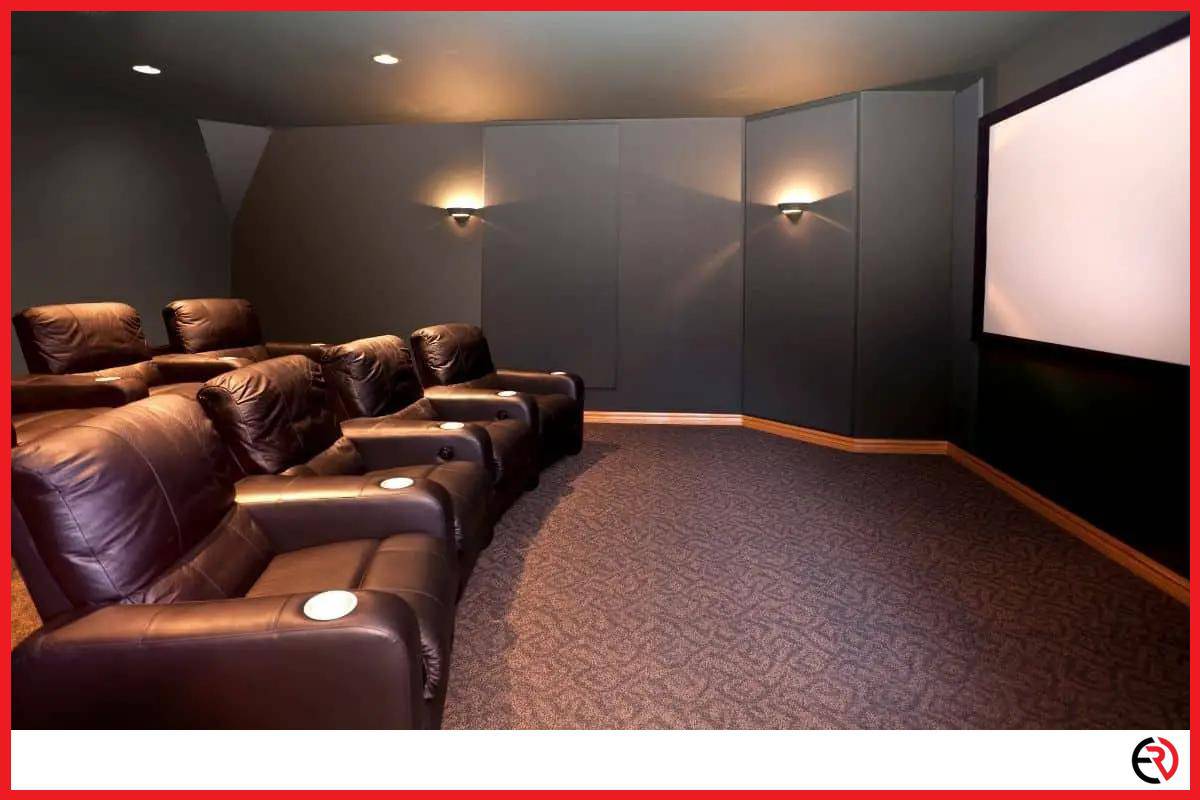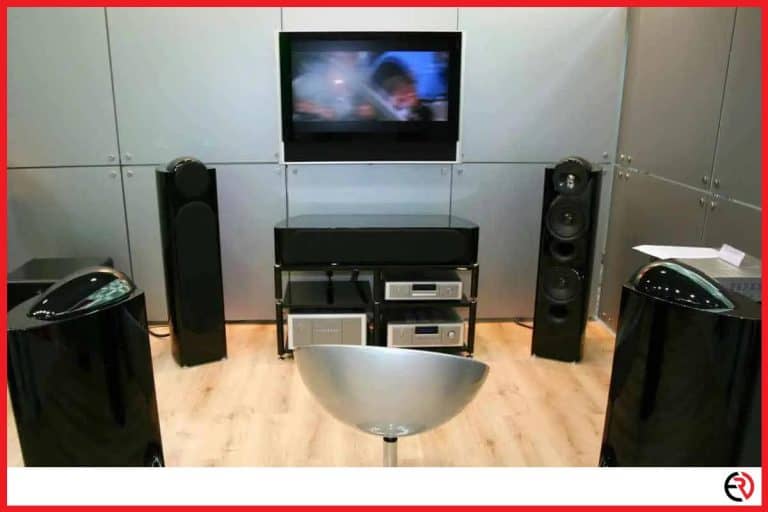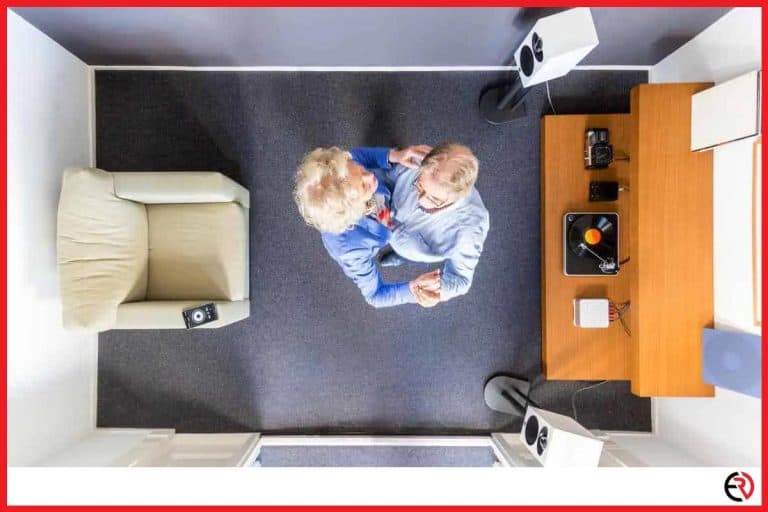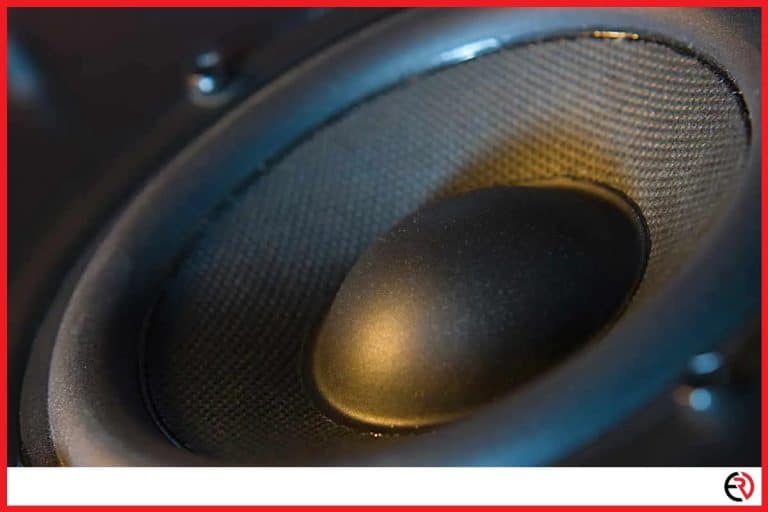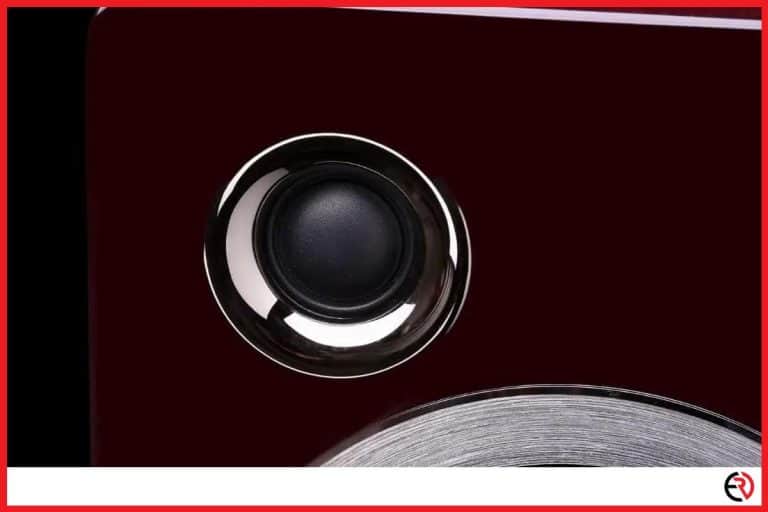Is Dolby Atmos Better Than Surround Sound? (Is there any difference?)
This post may contain affiliate links which means that, if you choose to make a purchase, I may earn a small commission at no extra cost to you.
2012 was supposed to be the end of humanity. Fortunately, instead, it was the debut year of Dolby’s new surround sound technology, Atmos, with the Disney Pixar movie Brave. I was lucky enough to watch the movie in theatres and bask in the glory of this revolutionary new technology. However, is it better than traditional surround sound?
Yes, it is. Unlike traditional surround sound technology from the likes of DTS and Dolby(Dolby Digital) themselves, Dolby Atmos is a revolutionary 3D object-based surround sound technology that allows a more immersive experience by simulating the sound in 3D space all around you and even above you.
Let’s dig deeper.
History of surround sound
To understand how Dolby Atmos is different from traditional surround sound we have to go back in time to see how surround sound developed over the past few decades.
5.1 Surround Sound
Most people are familiar with this kind of setup. Even after almost a decade of Atmos’ debut, most people have this set up in their homes. In 5.1 surround sound, you get a stereo channel upfront on the left and the right. Then you have a center channel right in the middle and a surround channel both at the left and the right. Finally, there’s a subwoofer for the bass, that’s the “.1” part.
In a home theater system, people usually have one channel dedicated to a speaker. However, in commercial movie theaters, you’ll get several speakers for each channel appropriately positioned so that everyone in the theater gets to hear the surround sound equally well.
7.1 Surround Sound
Later 5.1 expanded to 7.1 and we got two more channels at the back on the left and right. Again in a home theater system, there’s only space for one speaker to occupy those channels, but in commercial theaters, there may be 4 or 8 speakers at the back dedicated to those channels.
As you see, there are several speakers dedicated to a single channel. What does that mean? Let’s say there’s a helicopter on the screen that goes right in front of you and flies off to the left and makes its way behind you. Then the sound will start at the center speaker, move to the left front speaker and then move to all the left surround speakers at the same time and then make its way to the set of back speakers.
This tries to simulate what’s happening on the screen by tricking your ears and brain. All the left-hand side of the room fires the same sound and then the back left side of the room makes the same sound. Personally, I loved this setup and so did most people until Atmos showed up.
Height Channels in Dolby Atmos
First of all, Dolby Atmos adds height channels to our theatre room. At home that may be in the form of one or two ceiling or upfiring speakers dedicated to each channel. This is expressed in the form of 5.1.2, 5.1.4, or 7.1.2 and 7.1.4. Now there’s a top-down effect. Rain sounds like it’s coming down from above and when the helicopter or a bee flies over you, you actually hear it fly over you.
When you’re in a commercial theater, look up when the lights are on and the movie is yet to start. You may find 8, 16, or even more than 20 speakers up there. I know. Surprising for me as well. Most people think that Dolby Atmos stops there. However, It’s way more than that. It’s all about the object-based 3D surround sound.
Object-Based 3D surround Sound
As mentioned earlier, Dolby Atmos creates a three-dimensional hemisphere where sound can freely move through space. Think of a fly buzzing around on the screen. In a Dolby Atmos theater, the fly’s buzzing sound can be represented by any speaker at any given time independently or together.
That means if the fly moves in an arc the helicopter did, the sound will start from the center speaker, go to the left front speaker, and then move to the first left surround speaker, then the second, the third, the fourth left surrounds speaker and so on till it reaches up onto one of the ceiling speakers.
It buzzes through the ceiling as the sound is represented from individual speakers and can come down to one of the right surround speakers and go to the back speakers. You get the point. Dolby Atmos allows sound engineers to treat sound as objects instead of mixing them into channels.
So, instead of assigning sound to a channel and therefore to a set group of speakers, the sound is assigned to a place. Instead of assigning it to the “right surround channel”, it is assigned to the “right rear corner”. Instead of “panning from the left surround channels to the right surround channels”, the sound “pans smoothly from one speaker to the next across the real wall”.
This allows for immense flexibility and allows the audience to have a great experience at the theaters and makes your experience more immersive at home.
Scale-up Independently
With Dolby Atmos, the sound isn’t just assigned differently, but decoded in a different way as well. Unlike traditional surround sound, sound engineers don’t need to worry about the different numbers and types of the setup of speakers in different movie theaters. Regardless of the varying number of speakers, Atmos scales the sound efficiently.
Atmos allows sound engineers to place any sound “object” that they want in 3D space with the help of coordinates. That’s the revolutionary part of Dolby Atmos. The sound gets reproduced by the available speakers at that coordinate, no matter how many you have. However, there’s a channel limit of 128. However, that’s more than enough even for some of the biggest commercial theaters.
Dolby Atmos at Home
Dolby Atmos makes the commercial theaters even better. Great! However, most people including me watch most movies at home, even when there’s no global pandemic. That’s why it’s interesting to see how this technology is slowly seeping into our homes and even our smartphones.
Dolby has been branching their theater magic into consumer technology and also to digital music. You don’t even need to invest in a fancy new home theater system. Your old one will do just fine. However, to get sound above you, you need to install ceiling speakers or up-firing speakers that throw sound to the ceiling and bounce it back to you to create the top speaker effect. I didn’t want to cut holes in my ceiling so got myself a pair of up-firing speakers.
Remember that Dolby Atmos surround sound can be small or can be scaled up. So, my 5.1.2 home theater system would work fine since the chip in my AV receiver knows how to leverage my speakers. It will also work fine in fancier 7.1.4 and even 9.1.4 systems.
However, to make the most of Atmos, you need Atmos content. I was pleasantly surprised to find that Netflix offers Dolby Atmos content and so do Amazon Prime Video and Vudu. Most new movies that get released on the platform come with this technology. However, some old movies are also being remixed and re-engineered with this tech. When you re-watch Toy Story and Saving Private Ryan in Dolby Atmos it’s quite an experience.
Dolby Atmos for music
As mentioned above, Dolby Atmos is branching into other platforms and can be even enjoyed on the music playing from your phones. Unlike traditional planar surround sound that requires a bunch of speakers, Dolby Atmos can be enjoyed on a pair of ordinary earbuds or headphones connected to your phone.
However, you need tracks that have been remixed with Atmos. I have been enjoying quite a few of those tracks on Amazon Music and Tidal and recently Apple also joined the bandwagon when they announced spatial audio with Dolby Atmos. It’s a fantastic and fascinating experience since I had no clue how powerful the sound processing was to fake surround sound or use psychoacoustics with two drivers till I heard a few Hans Zimmer scores.
Key Differences
In a nutshell here are the key differences between Dolby Atmos and traditional surround sound:
| Surround Sound | Dolby Atmos |
| Planar Surround Sound | 3D virtual surround sound |
| Sound is mixed into channels | Sound is assigned to specific locations in space via coordinates |
| No overhead sound | Overhead sounds are accurately represented |
| Lack of freedom | Immense flexibility |
Conclusion
The traditional surround system is great and has made our movie experiences enjoyable, to say the least. However, Dolby Atmos presents a more rich and immersive surround sound experience that can be recreated at home, sometimes at no extra cost. If you need that overhead sound effect, you can upward-firing speakers or get ceiling speakers to feel like you’re in the movie. If you ask me, it’s absolutely worth it.

